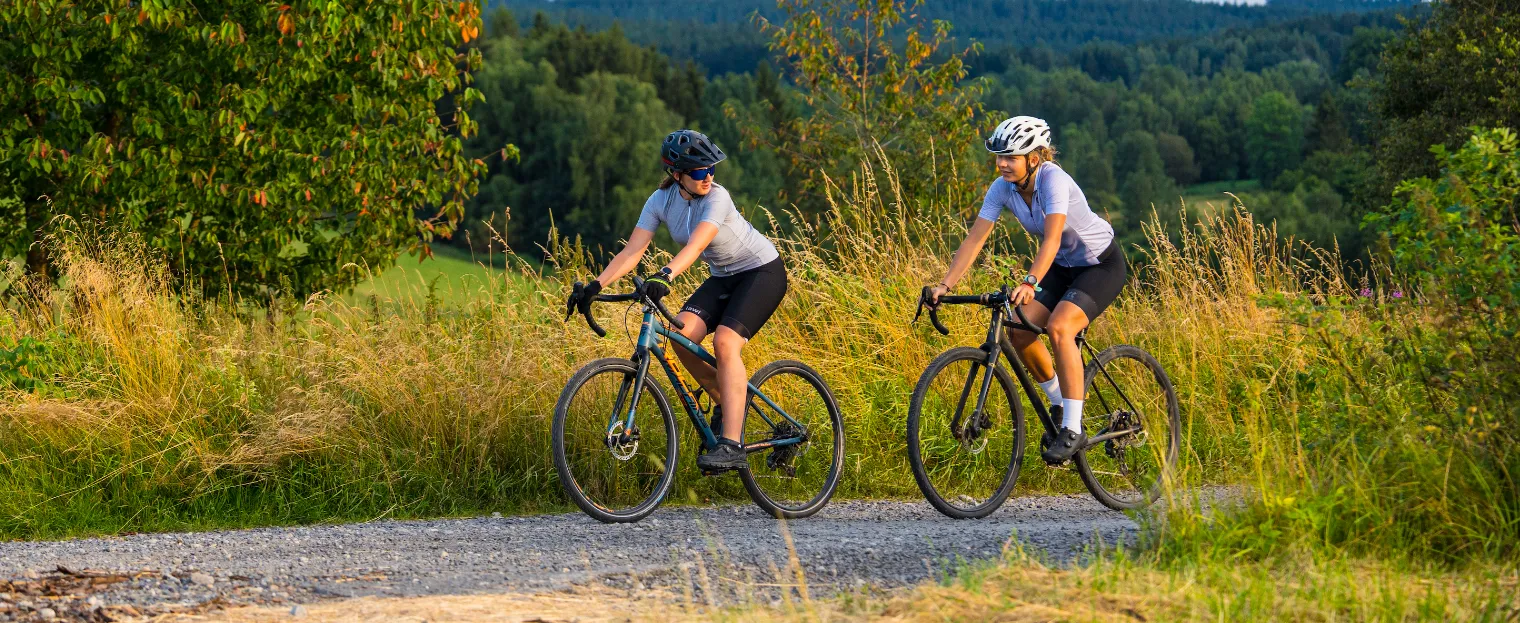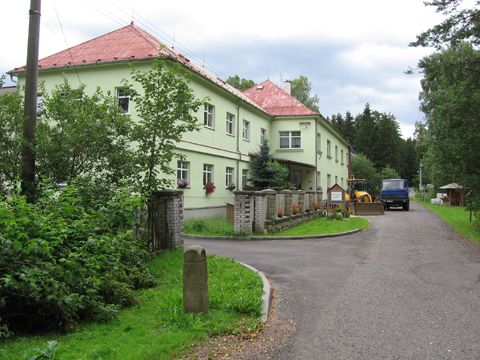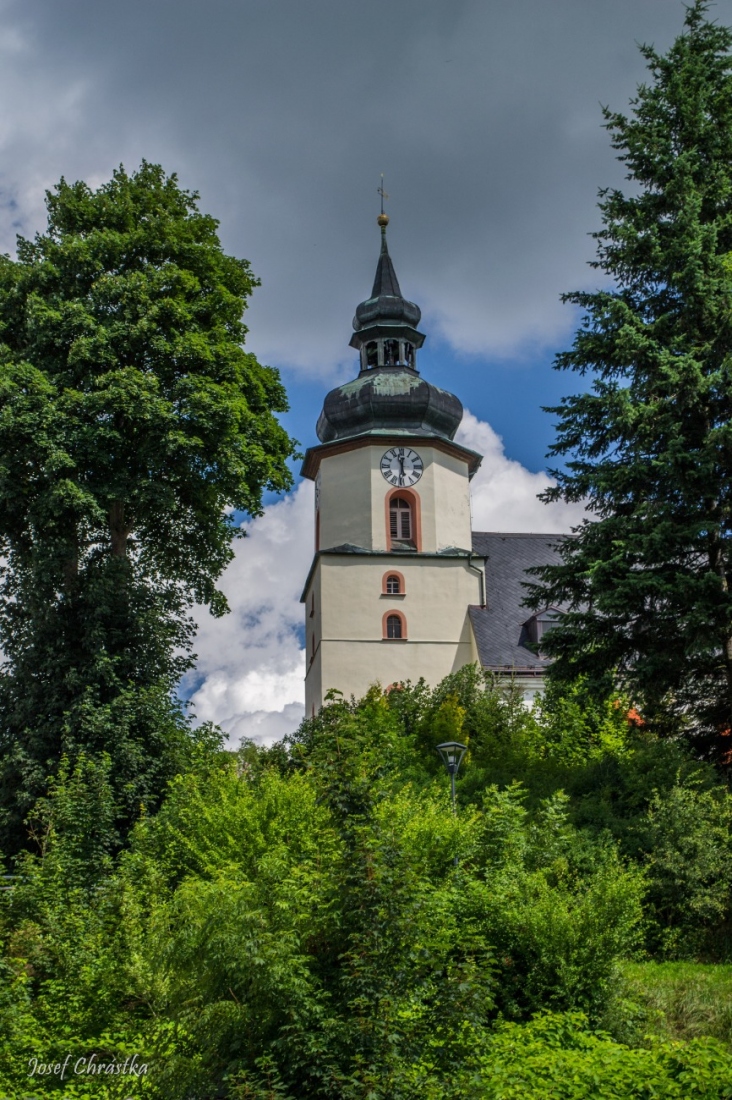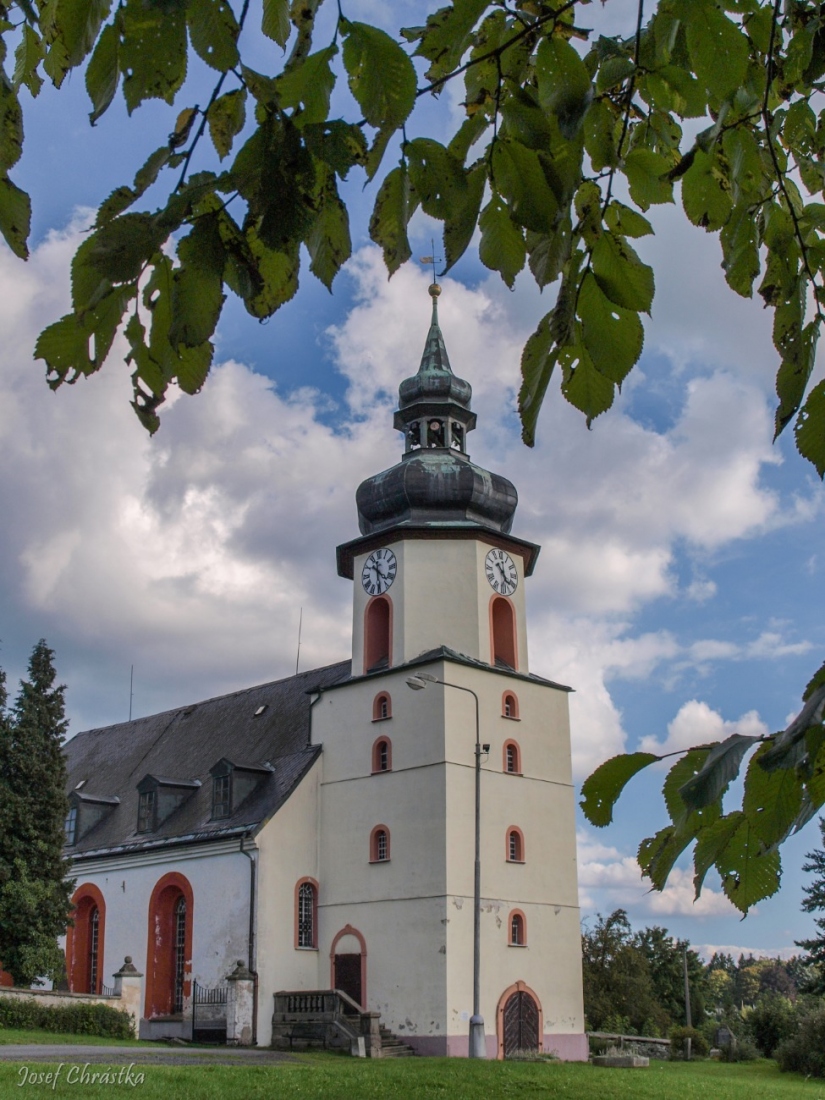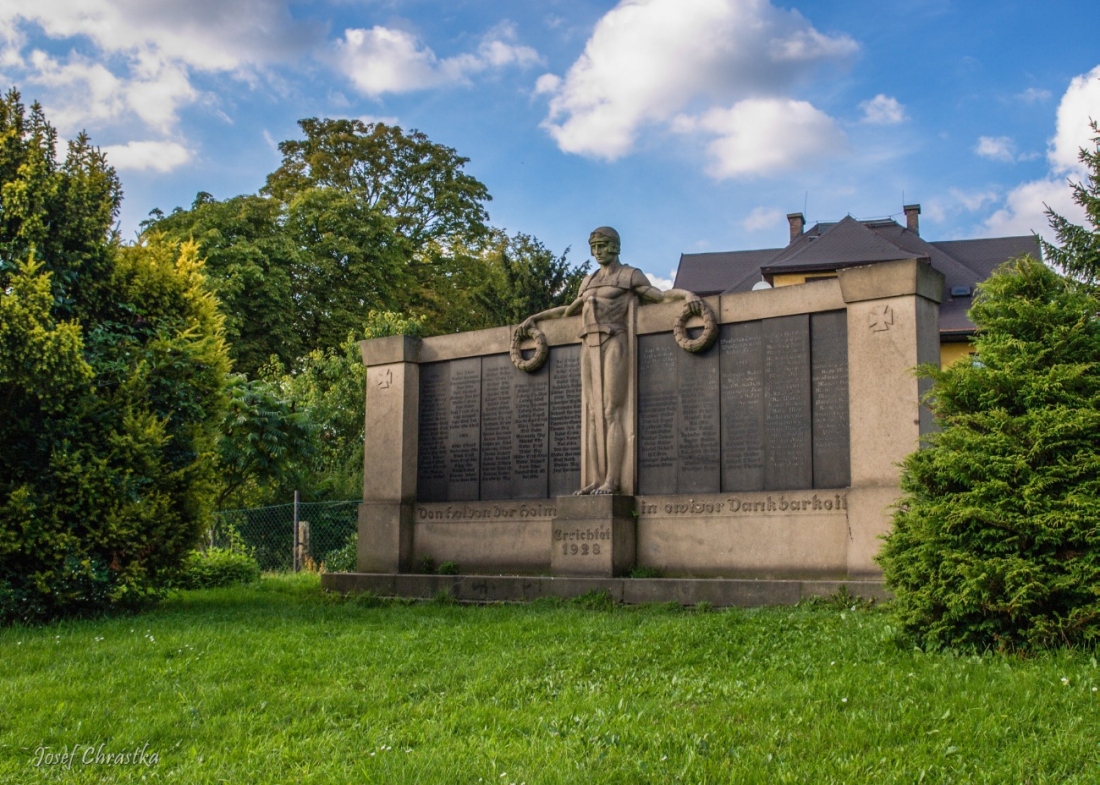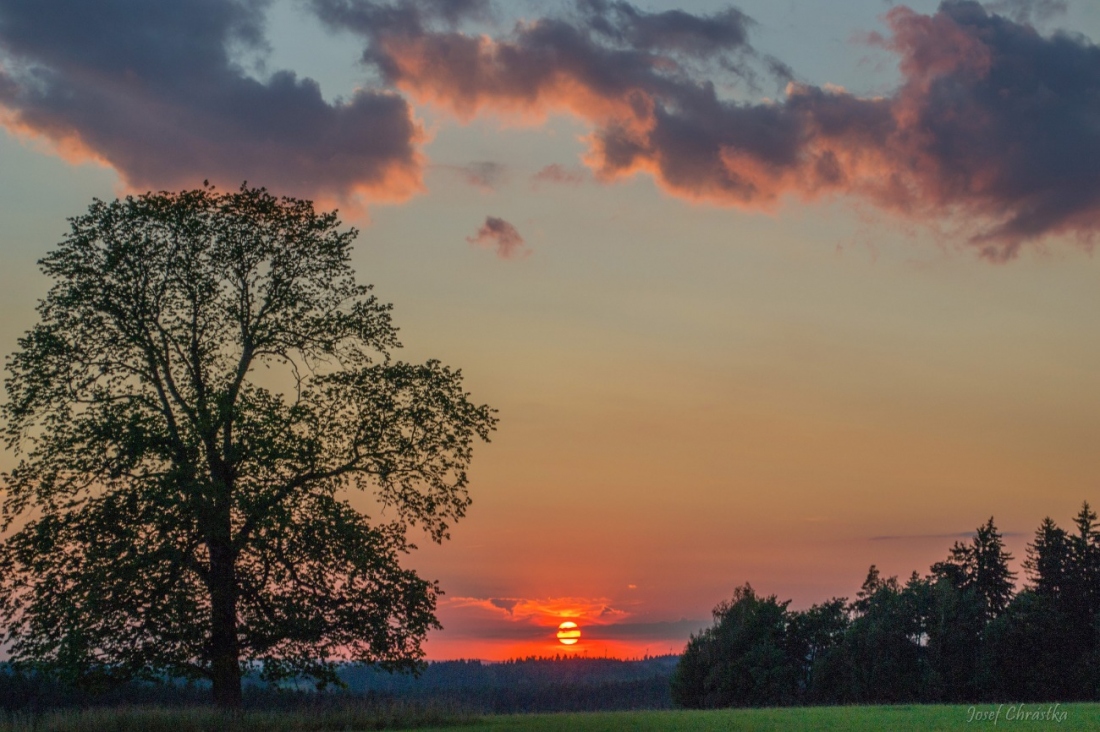Home / Experiences / Cycling
2058 Krásňany (CZ/D) - Hranice - Trojmezí - Újezd - Aš
Set off on cycle route 2058 and discover the westernmost corner of the Czech Republic, full of history and natural beauty. The route will take you to the Tri-Borderlands, where the borders of the Czech Republic, Bavaria and Saxony meet, passing the former Iron Curtain and extinct villages that once teemed with life. Monuments, boundary stones and great views await you. Get ready for a unique trip following the traces of the past!
- demandingness: Medium
- length: 20 km (with branches up to 30 km)
- route_surface: Paved carriageways (70%) and the rest of the Class III road
- transport: Roads without traffic, on III.class roads. just a little traffic
- focus: Hiking or mountain biking
Limit
The westernmost city in the Czech Republic, situated in the Aš promontory where Bohemia, Bavaria and Saxony meet. Its history dates back to the 15th century and the surrounding cycle routes follow the historical borders, making it an ideal destination for cyclists.
Local trails will take you not only along former factory roads, but also across border crossings that were made accessible thanks to the Schengen Agreement.
For history lovers, the city offers attractions such as the RAF memorial, commemorating a downed British bomber, ancient churches, and original city architecture.
Three borders
Just 4.2 km from Hranice lies Trojmezí, once the village of Gottmansgrün, now an almost forgotten place at the end of the Aš promontory. Previously, almost 1,000 inhabitants lived here, today only a few people and an abandoned barracks. Nevertheless, you can find traces of history here - war memorials commemorating the battles of 1866 and 1914–1918.
Along the way you may come across the old half-timbered house No. 2, a typical Trojměž building, or the remains of the Ziegenrück inn, where travelers once stopped. An ideal place for exploring by bike!
Signal
Just 5.5 km from Hranice you will come across the former signal wall, which once formed part of the Iron Curtain. The border zone was a heavily guarded area with wire fences and guards, preventing escape to the West. Because of it, entire villages disappeared and the landscape remained inaccessible for decades.
Today, instead of patrols, cyclists pass through – the Iron Curtain Trail (ICT) has been created along the former signal light, following the border of the former Eastern Bloc. A great opportunity to ride a piece of history in nature, untouched by human activity for years!
Pastures
At 8.7 km of your route, you will find a turnoff to cycle route 2057 and the entrance to the Bystřina and Lužní potok protected area. At the Nad Peklem crossroads, you will cross Lužní potok and come across a sign indicating the national natural monument.
This area is home to rare species such as the river pearl mussel and the brown scabious butterfly. If you want to add some beautiful nature and tranquility to your trip, this detour is worth it!
District
At 13.4 km of your route, the westernmost village of Bohemia – Újezd (Mähring) once lay. The first mentions date back to 1331, but the village disappeared after displacement and the creation of the border zone. Today, you will not find houses or a farm here, only a memorial to those who fell in World War I, hidden in the valley of the Újezdský stream.
Not far from here is the Bridge of Europe, built in 2008 on the foundations of the old connection between Újezd, Czech Republic, and Rehau, Germany.
Under the company
At 14.2 km you will pass the place where the village of Dolina (Tiefenreuth) used to stand – it disappeared after the war and today only the name remains on the map. During the Iron Curtain, there were underground bunkers with armoured loopholes in addition to a wire barrier.
If you turn left, you will pass the historic Aše waterworks from 1903 and you can continue to the abandoned Újezd area or to Štítary. A short distance from here on the border you will find a boundary stone from 1740.
New Houses
At 17.9 km, you can turn 1.5 km to the Nové Domky – Rehau border crossing, symbolically opened on May 1, 2004, upon the Czech Republic's entry into the EU. At the border, you will find the Reunion monument with the names of the mayors of the time.
If you follow the signal to the south, you will come across a damaged border stone and the place where Edvard Beneš fled into exile on September 1, 1915. Palouček is easier to see from the German side – just cross the border, turn left and look around through the trees at the pond by the gamekeeper's office.
Ash
Previously, the largest Evangelical church in Bohemia stood here, which burned down in 1960 and disappeared from the city skyline. During the renovation of the area in 2004, a tombstone from 1740 was uncovered, now part of the memorial. If you want to learn more about the history of Aš, we recommend a stop and a short walk around Goethe Square. Aš was an industrial center and an important railway junction. In 1951, the "freedom train" escaped from here with passengers across the border to Bavaria.




